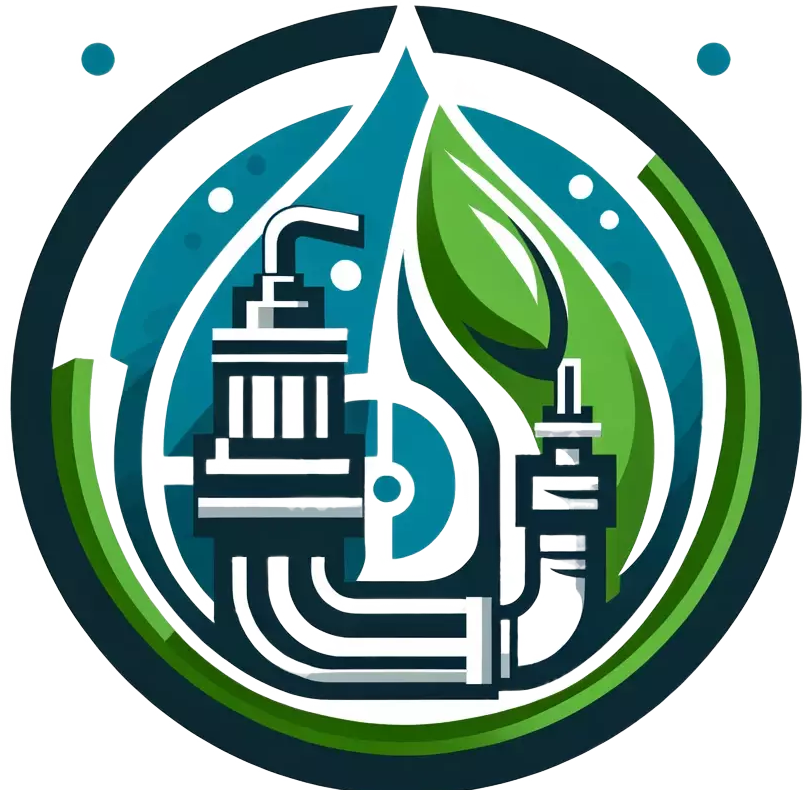Troubleshooting 101: How to Diagnose and Fix Common Septic Pump Issues
Bysystems
Septic pump issues can be daunting for any homeowner. Understanding how to diagnose and fix common problems is essential for maintaining a functional and healthy septic system. This guide offers practical advice for troubleshooting and resolving frequent septic pump issues.

Identifying Septic Pump Problems
- Warning Signs: Be alert for signs like slow draining sinks, toilets, unpleasant odors, or unusually wet areas near the drain field.
- Alarm Systems: Many septic systems have alarms that alert you to potential issues like high water levels or pump failures.
Common Septic Pump Issues and Solutions
- Clogs and Blockages:
- Symptoms: Slow drainage, backups, or gurgling sounds.
- Fix: Check for clogs in the pipes leading to the septic tank. Use a plumber’s snake or high-pressure water jetting for clearing.
- Pump Failure:
- Symptoms: Septic alarm activation, overflow, or water pooling.
- Fix: Check the electrical connections and circuit breaker. If these are fine, the pump may need repair or replacement.
- Overloaded or Full Tank:
- Symptoms: Slow flushing toilets, water backup.
- Fix: Reduce water usage and have the tank pumped out as soon as possible.
- Broken or Faulty Float Switch:
- Symptoms: Pump doesn’t turn on or off.
- Fix: Test and replace the float switch if necessary.
- Electrical Issues:
- Symptoms: No response from the pump.
- Fix: Check the electrical panel for tripped breakers or blown fuses. Ensure all connections are secure.
Maintenance Tips to Prevent Issues
- Regular Inspections: Schedule annual inspections with a professional to preemptively address potential issues.
- Proper Use: Avoid flushing non-biodegradable items and minimize the use of harsh chemicals that can harm the pump and septic system.
- Periodic Pumping: Have your septic tank pumped every 3-5 years to prevent solids from reaching the pump.
DIY vs. Professional Help
- DIY Repairs: Simple issues like clogs or float switch replacements can often be handled by homeowners.
- Professional Assistance: For electrical problems, pump failures, or if you’re unsure, it’s best to consult a professional. Incorrect repairs can lead to more significant issues.
Conclusion
Troubleshooting septic pump issues doesn’t have to be overwhelming. By understanding common problems and their solutions, you can keep your septic system running smoothly. Remember, regular maintenance and timely repairs are key to the long-term health of your septic system.

